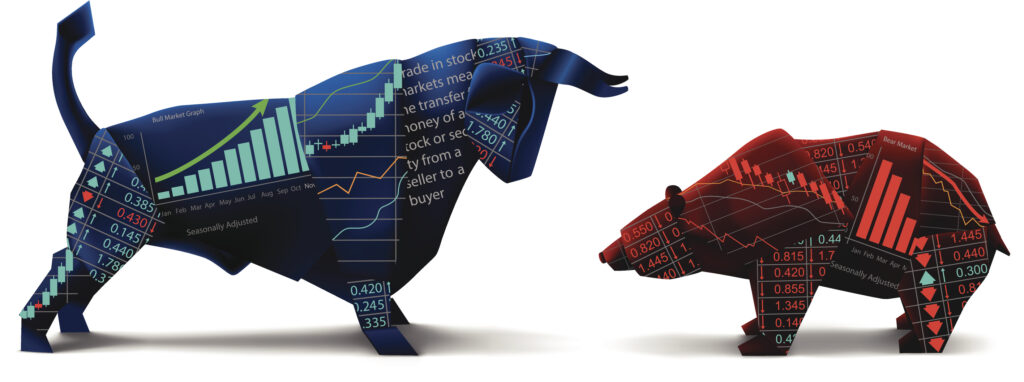(Oil Price) – OPEC+ did what everyone expected it to do last weekend, announcing another production ramp-up. Prices, however, did something that not everyone expected them to do: they went up. All eyes are now on demand—and the disruption of supply.

The eight members of OPEC+ that were keeping their production of crude oil under restraints agreed on Saturday to add another 411,000 barrels daily to their combined total in July after making identical agreements for May and June. The news followed speculation reported by the media that the cartel could add more barrels this time just to teach everyone a lesson. That speculation had weakened prices. The OPEC+ decision essentially had no effect on them. But events that coincided with the OPEC+ meeting did have an effect.
First, there was the Ukrainian drone attack on targets within Russia. The attack prompted expectations of more, with the targets this time part of Russia’s oil infrastructure, leading to supply disruptions.
Then there is the U.S.-Iran nuclear deal, which just got more unlikely, with media reporting Iran was about to reject the latest proposal of the United States. This, in turn, means, that U.S. sanctions against the country will remain in place, notably the noose around Iran’s oil industry. Iran was not going to agree to completely halt its uranium enrichment activities, which the U.S. has proposed as a condition for reaching a deal, Reuters reported, so the prospect of a deal became distant again.
To add to the bullish developments, wildfire season in Alberta has started prompting production shutdowns, to date affecting more than 340,000 barrels daily. This is equal to 7% of the total, Reuters noted, but it has been enough to fuel a price rally—and imply that demand for oil is healthier than many like to argue.
Reuters’ Clyde Russell, in his latest column, noted that oil imports into Asia have been weaker so far this year than a year ago and suggested OPEC+’s latest production hike came at a bad time in terms of demand. Russell wondered if the OPEC+ members hiking production would “find buyers for the additional oil,” in light of Asian oil imports in May slipping lower from April, to an estimated 24.2 million barrels daily from 24.85 million barrels daily.
In light of the abovementioned geopolitical developments, chances are the answer to that question is “yes”—and that additional oil may fetch better prices, too. Because once again, oil market players were reminded that it’s not so important what this forecaster or another says about demand and how global supply exceeds it. It’s important what happens in the real, physical world, and in that world, demand for oil remains as robust as it has been since the end of the pandemic lockdowns, the gradual weakening of China’s appetite for crude notwithstanding.
“Demand is set to pick up as we move into the summer months, suggesting prices are likely to remain relatively well supported,” ING commodity analysts wrote in a new note today, after earlier this week Goldman Sachs somewhat grudgingly acknowledged seasonal oil demand patterns that point to equally stronger prices ahead.
“Relatively tight spot oil fundamentals, beats in hard global activity data, and seasonal summer support to oil demand suggest that the expected demand slowdown is unlikely to be sharp enough to stop raising production when deciding on August production levels on July 6th,” the bank said in a note Monday.
Indeed, not only is geopolitics making oil bears nervous, but summer driving season is advancing, and the shock of Trump’s tariff-first approach to trade policies is subsiding. Oil is currently quite affordable, which would stimulate demand, and its immediate supply outlook is uncertain, which often acts as fuel for prices.
By Irina Slav for Oilprice.com

